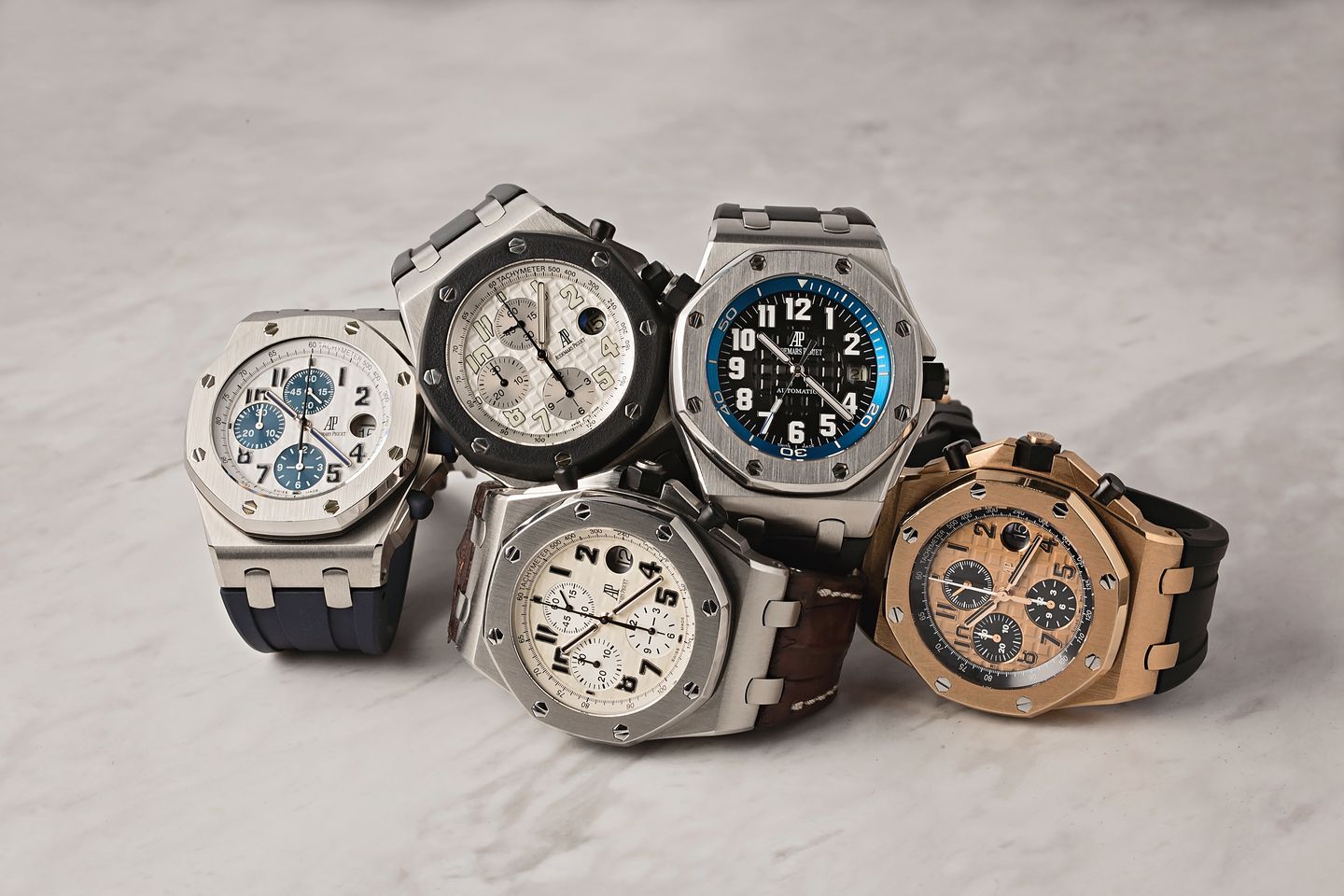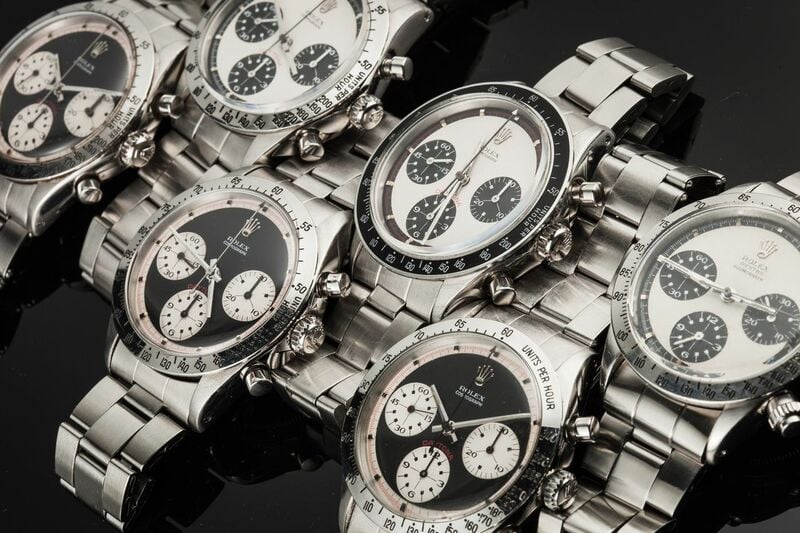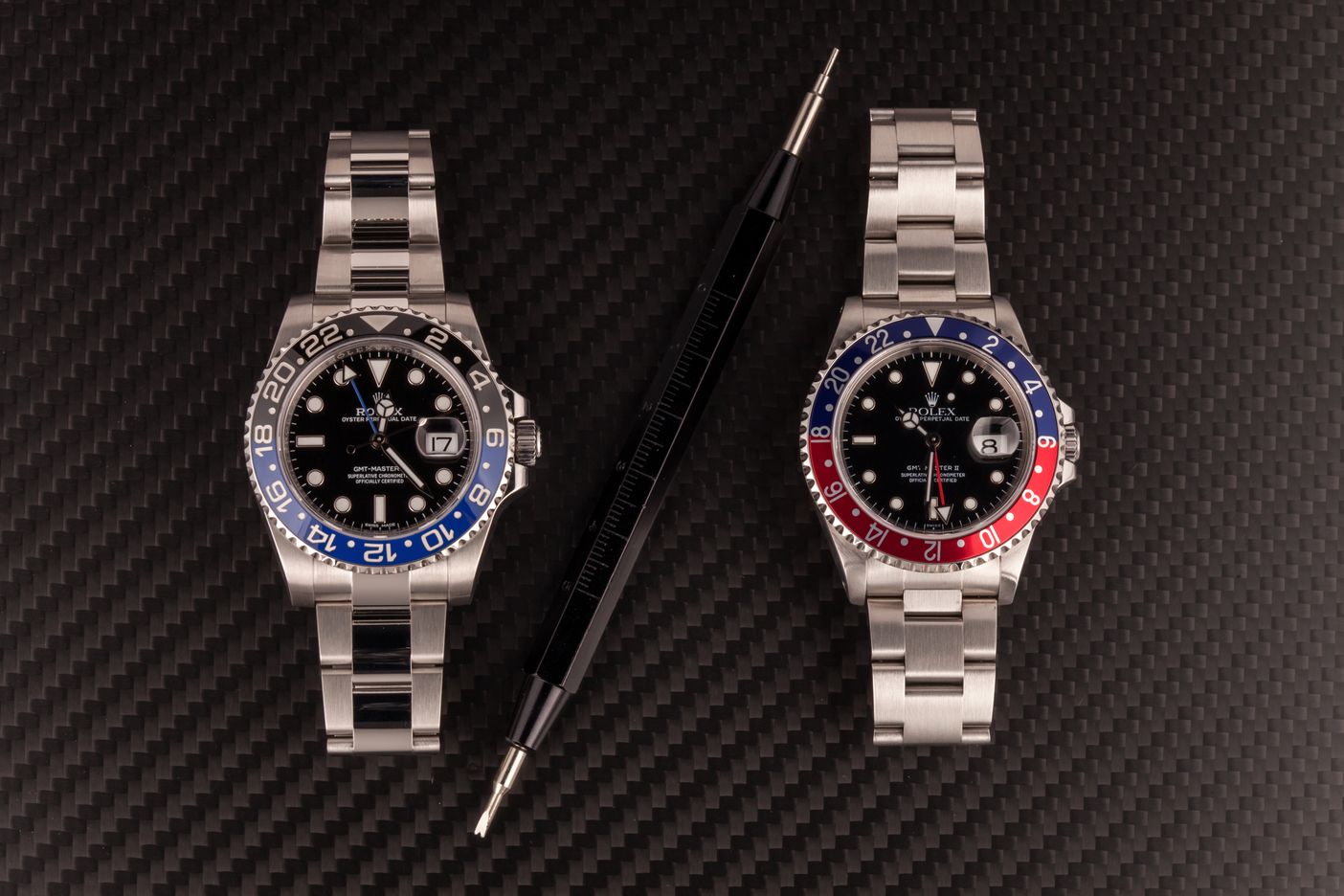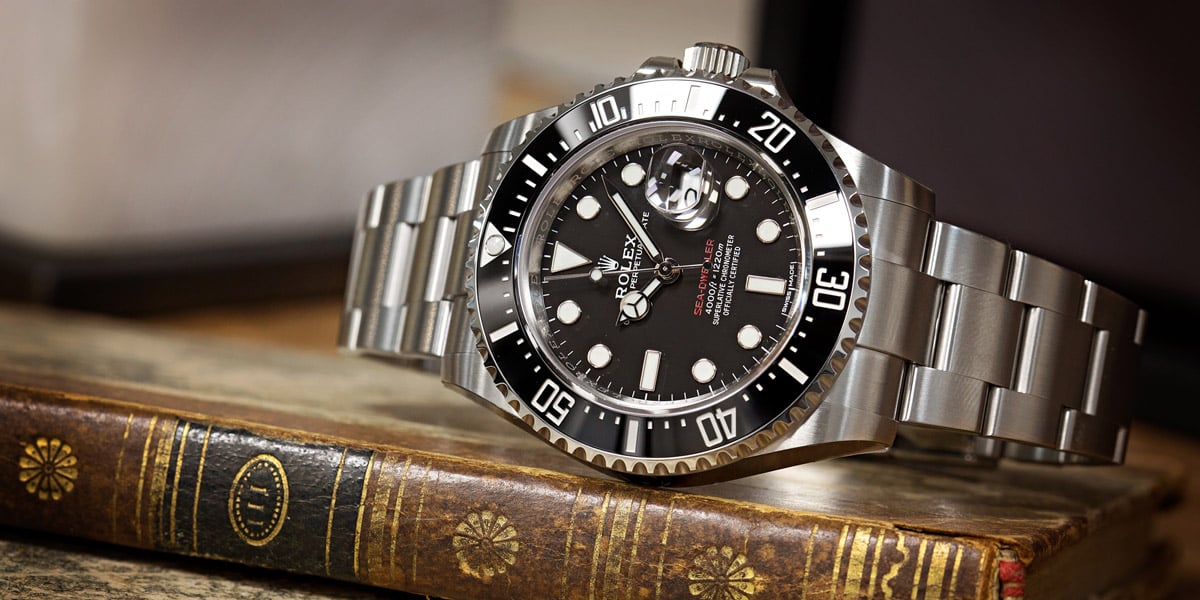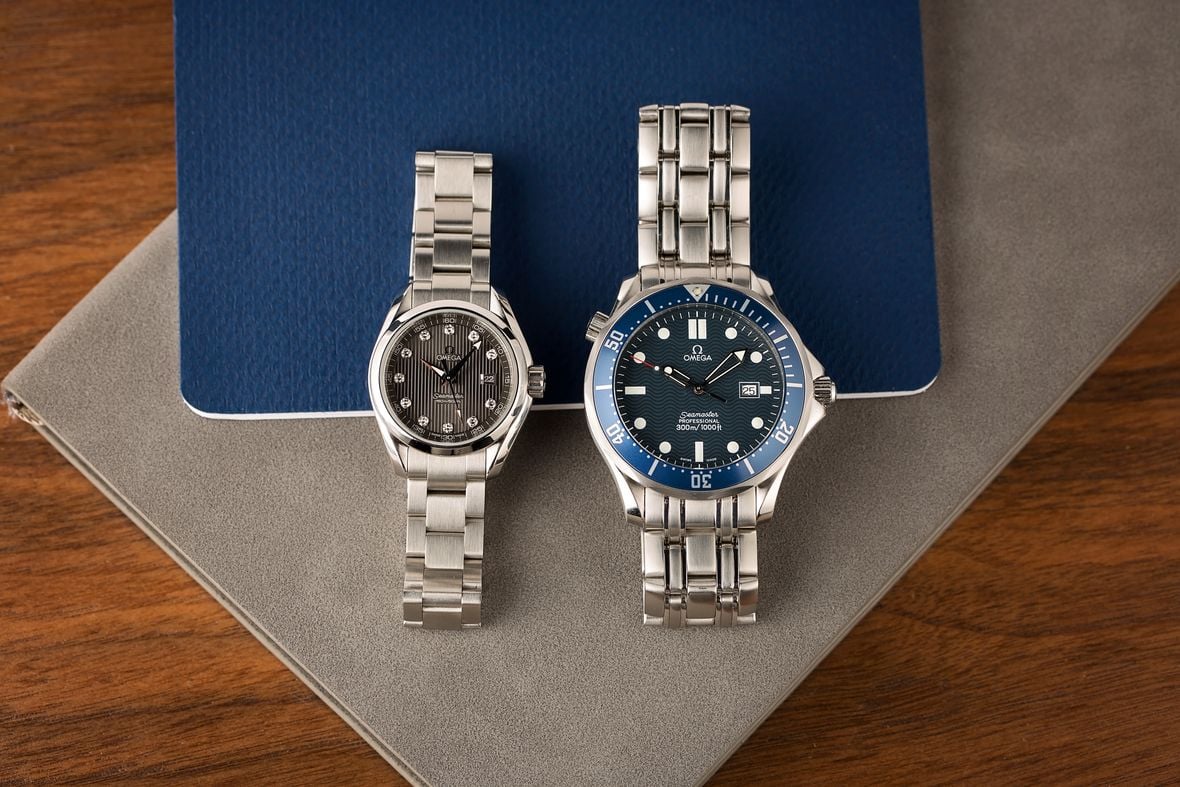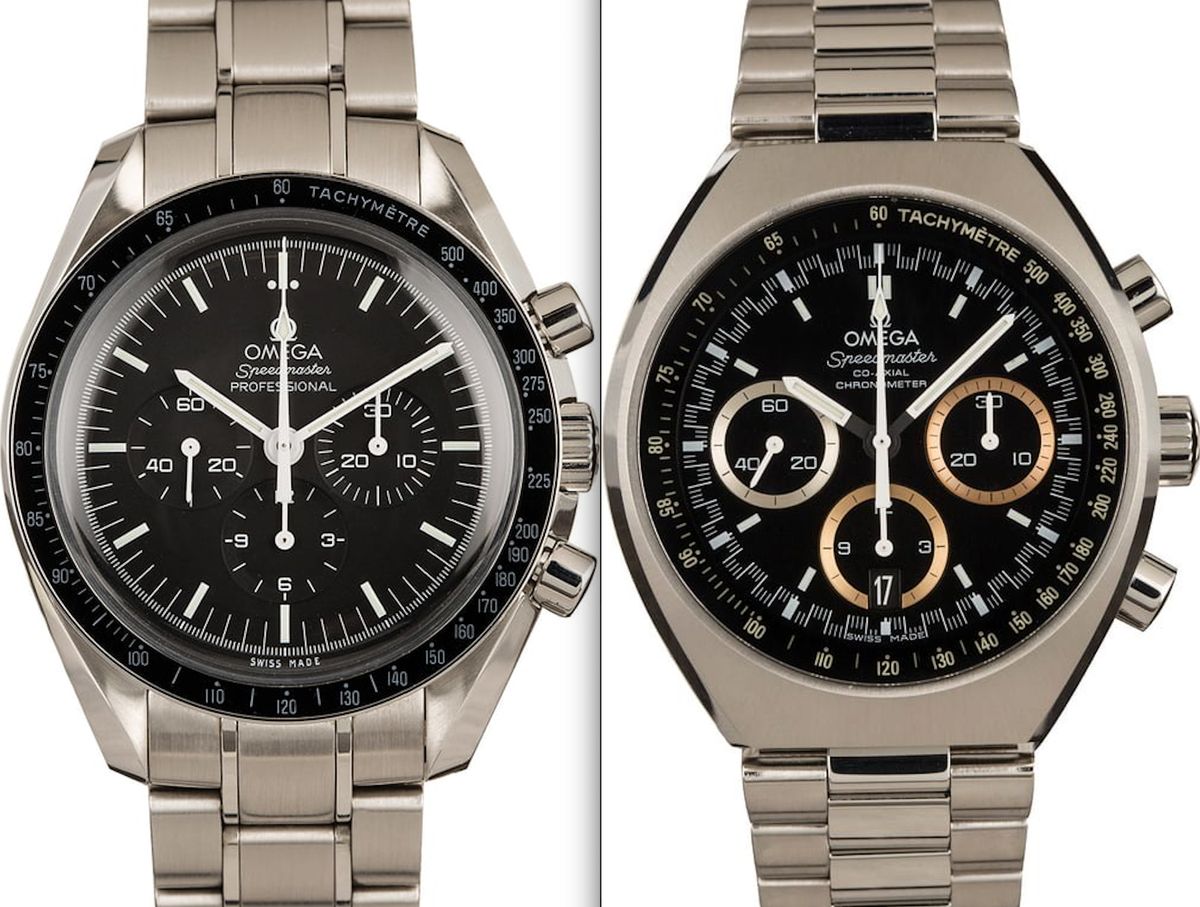In the world of luxury product acquisition, there are few things more distressing to the mind of a passionate collector than the thought of harm coming to their valued possessions. Yes, nothing in this realm can hold a candle to health or the well-being of one’s loved ones, but these small treasures, often rare or unique (and certainly expensive) hold a special place in the heart of one who has dedicated their time and effort to make them theirs.
I am often asked if it is important to insure a collection of used luxury watches. In fact, I am asked it more often then makes conscionable sense to me, because the answer is simple: Yes, yes you should. And more to the point, if you own a luxury watch like a Rolex Submariner (let alone if you own numerous luxury watches) and you’re asking that question, you should save your breath for the insurance provider on the other end of the phone.
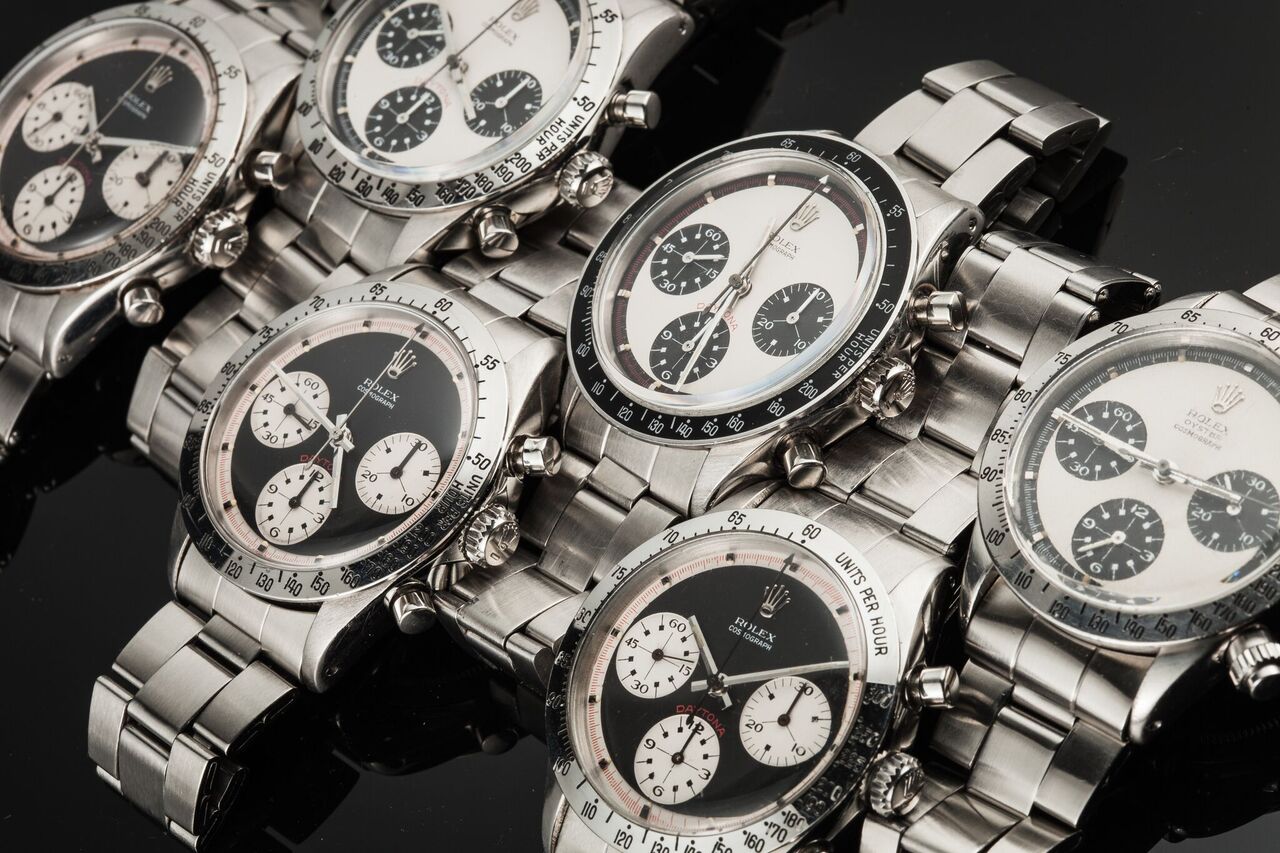
Luxury Watches and Insurance
And that’s really the best place to start. In this digital age, it seems we’ve all become a bit interaction-shy, but with a complex and potentially serious situation like making an insurance claim, it is always best to have set-up your policy having talked directly to another human being – an expert in their field. You really should leave nothing to chance. Don’t be afraid to ask stupid questions – insurance is complicated and rules and regulations vary from country to country (massively) and occasionally, even from region to region. If you move to a new area, don’t just assume that your previous policy will port seamlessly. Check it out. Trust me: It’s worth it.
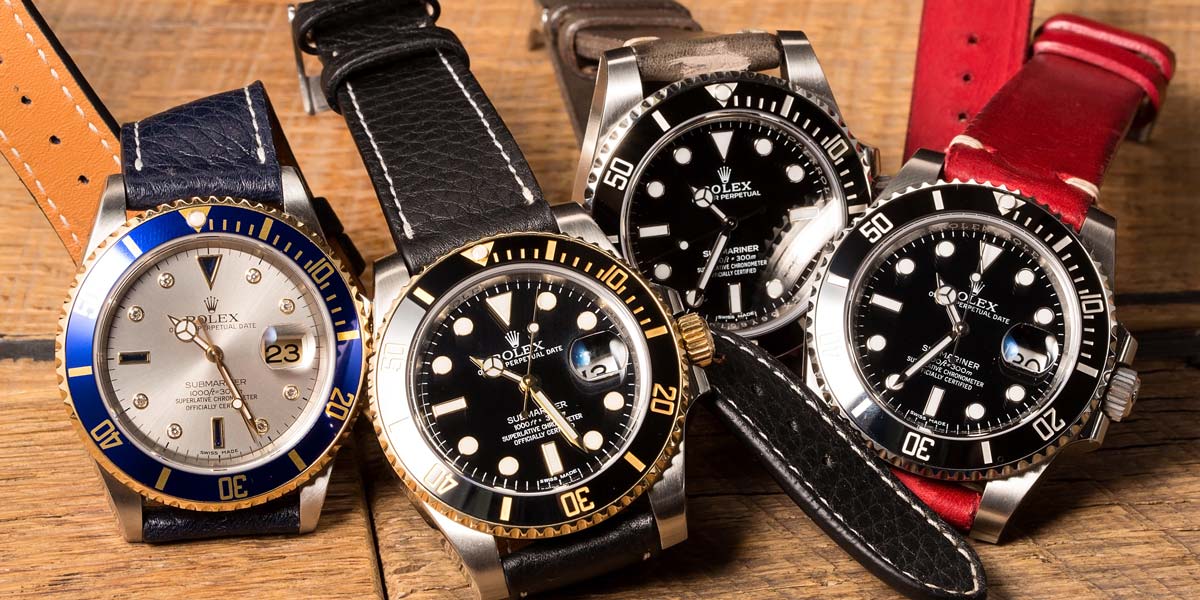
Having lived most of my life in the UK and Germany, I have intimate personal experience with moving a watch collection across borders. And the differences are stark. Some things are easier in some territories, and some things are harder, but the three things you should focus on first when looking into insuring your collection (or single watch) is the total value of your collection, how many “declarable” models you will need to put on your policy, and how all of this can affect your remaining contents insurance.
So let’s start with the first point. This is relatively simple. Add up the retail value of the watches in your collection. When doing this, make sure you collate invoices and receipts (if possible) into a physical and digital folder. Scan everything, stick it in a PDF and email a copy to yourself rather than keeping it on your hard-drive alone (it stands to reason that if your property gets turned over your laptop may go the same way as your watches).
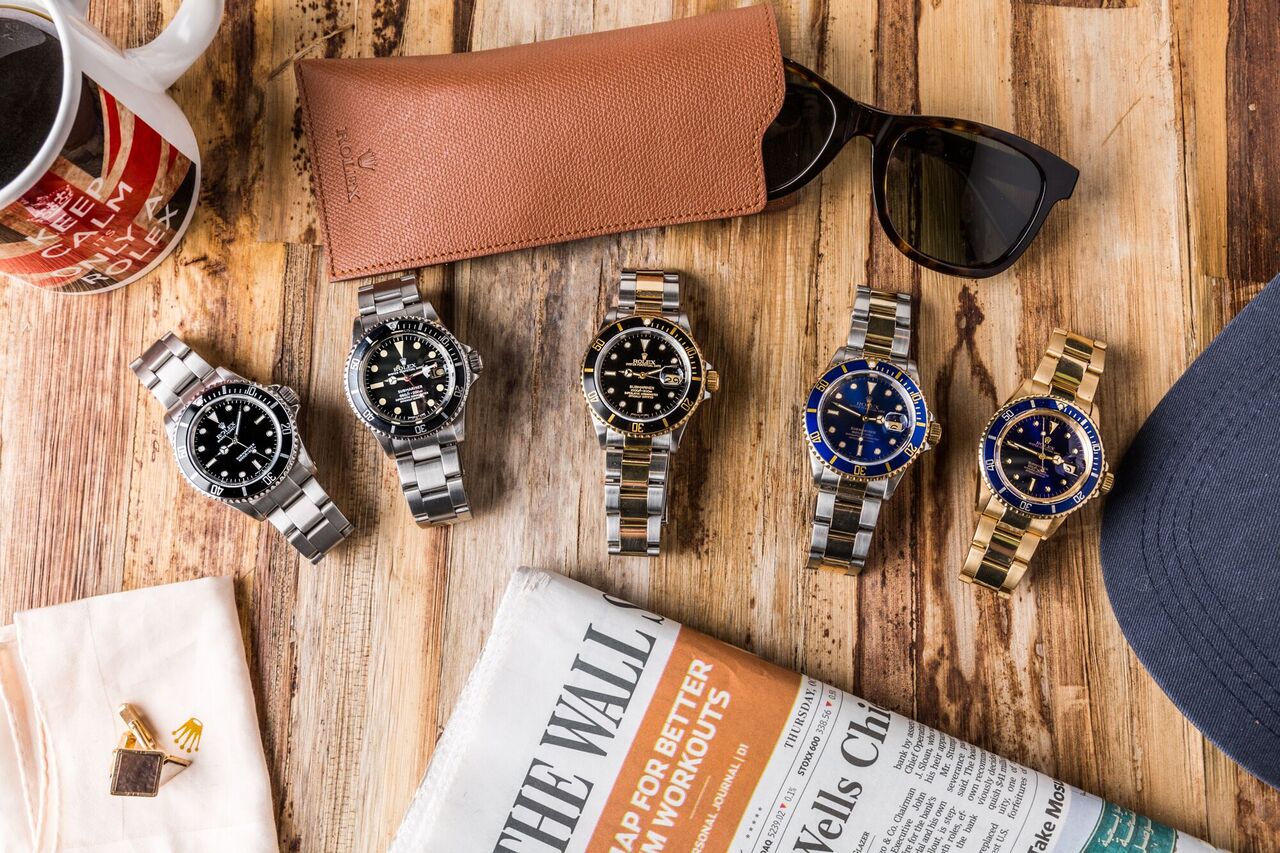
Another tip I picked up was to photograph each of my watches next to my driving license as further proof that these watches have been in your possession. With a good and honest insurer, it shouldn’t be necessary; but when dealing with a significant level of equity, it is worth taking the time to be thorough. The fewer questions you’re forced to endure following a traumatic event like a robbery or fire, the better it is for you.
Before you can figure out exactly what this amount will do to your insurance, you need to identify any pieces that must be separately declared (if it is a requirement of that territory). For example, in the UK, anything below £2,000 need not be individually named on a policy, and can either be paid out as part of your general contents insurance (last resort) or as a part of a declared (although not individually) holding of “luxury items”, such as watches and jewelry. Each declarable item will increase your premium, but it is worth being sure those high-value pieces like your Rolex are covered.
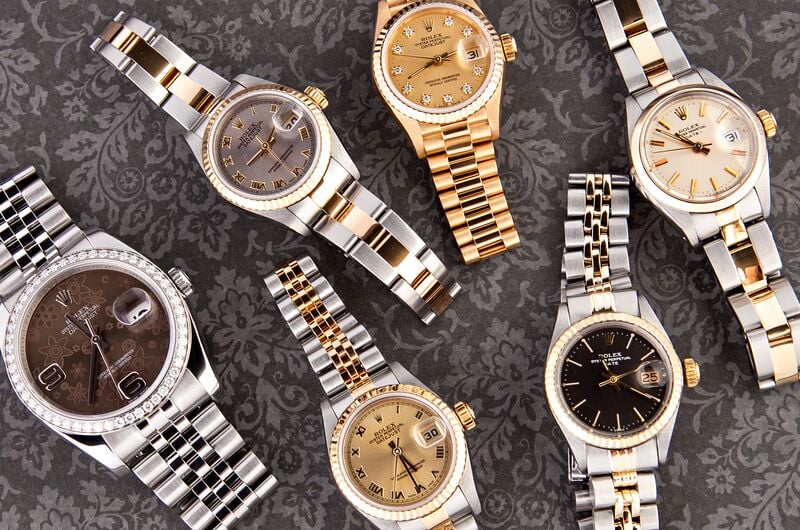
But what if you have a large collection of watches that individually retail for less than £2,000? For collections like these, the best thing to do is to make it clear to your insurance provider that you have a large (larger than average) parcel of possessions that fall under the luxury goods category (if you don’t make this clear before a claim, eyebrows may be raised). The total value of your collection will then be assessed on top of your regular contents insurance (for things like furniture, appliances, clothing, and books and so forth). If, say, your collection of undeclared luxury goods is of significant value, you will notice a sharp spike in your premium.
I have heard of people off-setting this premium by reducing their standard contents insurance. While this can reduce your (suddenly eye-watering) premium, it is a very risky business indeed, as an insurer may take a dim view on you being deliberately under-insured for items within your property. And so the solution? Consider carefully the insurance implications of your next luxury watch purchase. Treat the cost of insuring a luxury watch as a mandatory expense – more so than even having it serviced as regularly as advised. Build it into your budget.
Even if you only have one, exceptionally valuable watch, which you plan on wearing 24/7 and thus imagine will never be stolen from your home, accidents do happen. This isn’t intended to be pessimistic, just sensible. And with the peace of mind that the correct cover can provide, your enjoyment of your collection can only increase.
